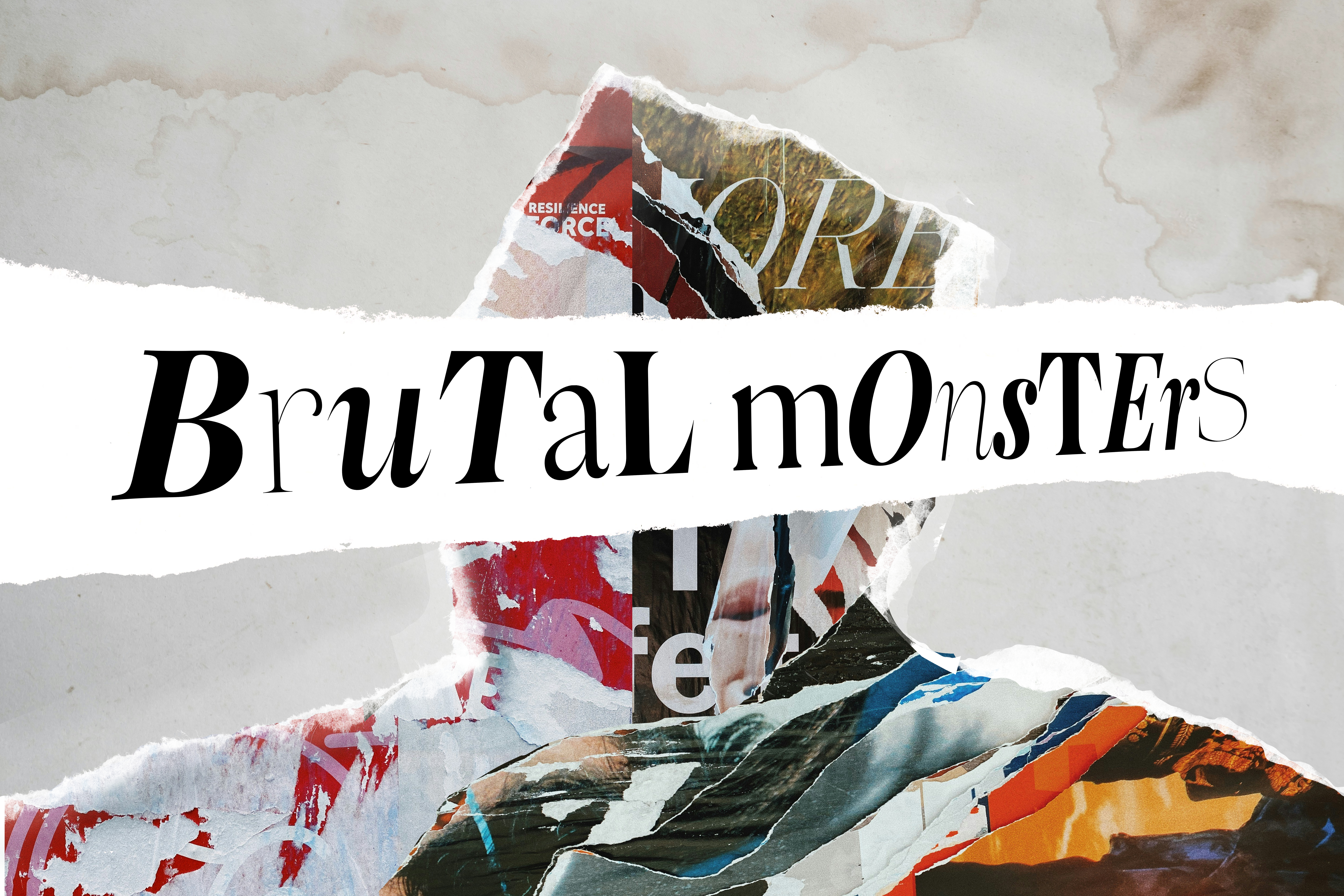In her column “Brutal Monsters,” Cate Burtner ’25 offers commentary on the literature of mental illness.
To read Mary Shelley’s “Frankenstein” is to read a good number of stories told on top of each other. I’ve heard readings of the novel as a direct retelling of “Paradise Lost,” a cautionary tale for AI accountability, an essential part of the queer canon and, popularly, a result and encapsulation of Shelley’s tragic miscarriages and the deaths of multiple of her children during infancy.
All of these interpretations of the novel are important. The fact that they are all argued based on the same text seems incredible — until you read the book for yourself.
Like many of these critics and scholars, I saw something relatable, important and unmistakable in “Frankenstein.” And like them, I want to add another layer to the understanding of this text — I read “Frankenstein” as a novel about mental illness.
Over time, reception of the novel has shifted. The focus evolved from questioning the book’s female authorship, to admitting the work’s unmistakable literary merit to, now, Mary Shelley’s conditions of production, which include her grief and her symptoms of postpartum depression.
Critical reception has shifted with the times, and now we’ve landed on a consumeristic and character-driven culture of “Frankenstein.” Popular culture remembers the monster Victor Frankenstein created as the center of the age-old story. We’ve all seen the media portrayals and the Halloween costumes — it’s green, it has stitches and bolts through its head and crucially, “IT’S ALIVEEE” as a result of Frankenstein’s scientific labors and expertise. When he brings this creature into the world, he represents what Ruth Franklin calls “a fantasy of reproduction without women.”
I want to ask now if we can focus on the reproducer; the man that made the monster; the middle man in a story that the character Walton encloses entirely in a letter to his sister: Victor Frankenstein himself.
Frankenstein is obsessive, he feels emotions to their extremes and he swings from mood to mood from chapter to chapter. As I read “Frankenstein” for the first time after being diagnosed with a mood disorder, the book made sense to me in a new way. I related to the central character. Victor has a monster, but it’s not the one you think.
But first, let’s set the record straight about Frankenstein’s monster — he is a sweetheart. For those who haven’t read the novel, he spends the entire time trying to learn how to be a human so that others will accept him. He learns English, he saves a young girl from drowning and he does lumberjack chores in secret to lighten a poor family’s burden.
But, the creature is hideous (he is made out of disparate dead body parts, after all, and the rest of us are only human) and is therefore brutally ostracized. He only brings anguish and illness to his creator, who rejects him. This leads the creature to violence that ultimately culminates in two murders. So, we’ve landed on: sweetheart-turned-reject-turned-murderer. (Just so we’re all on the same page).
Like the novel itself, the real monster of “Frankenstein” is nested. Rather than just a frame narrative of stories about reanimation, we can see a frame of mental illness within mental illness — the real monster in “Frankenstein.”
Shelley was undoubtedly suffering from some mental health issues when she wrote “Frankenstein.” Mary created Victor, who created the infamous monster (who is suffering, too, and wreaks havoc). Mental illness is a condition of production for Shelley and for Frankenstein. And while it has contributed to some of the most influential art and literature in history, mental illness is a monster, a brutal one.
Personally, I am a passionate writer, and an occasional visual artist, and while my mental illness has led to a fair amount of pain and limitation, it gives me a unique perspective and life experience that fuels my creativity.
I can inhibit states of mind that others can only see represented in movies. I can relate to people that others deem irredeemable. I can survive so many things, and turn life into art. I share these traits with Shelley, with Victor and, honestly, with the damn monster, too.
Editor’s Note: This article is a review and includes subjective thoughts, opinions and critiques.
